Culturally and Linguistically Responsive Practices
College, Career And Community Ready
One of Wisconsin’s greatest strengths is its growing diverse population. Unfortunately, racial disparities in education, employment, and health pose challenges to the prosperity of individuals and families, and the state as a whole. High school completion is an important step toward success for all youth. Providing culturally and linguistically responsive (CLR) classroom and school wide practices is critical to ensuring every child is a graduate, college, career and community ready.
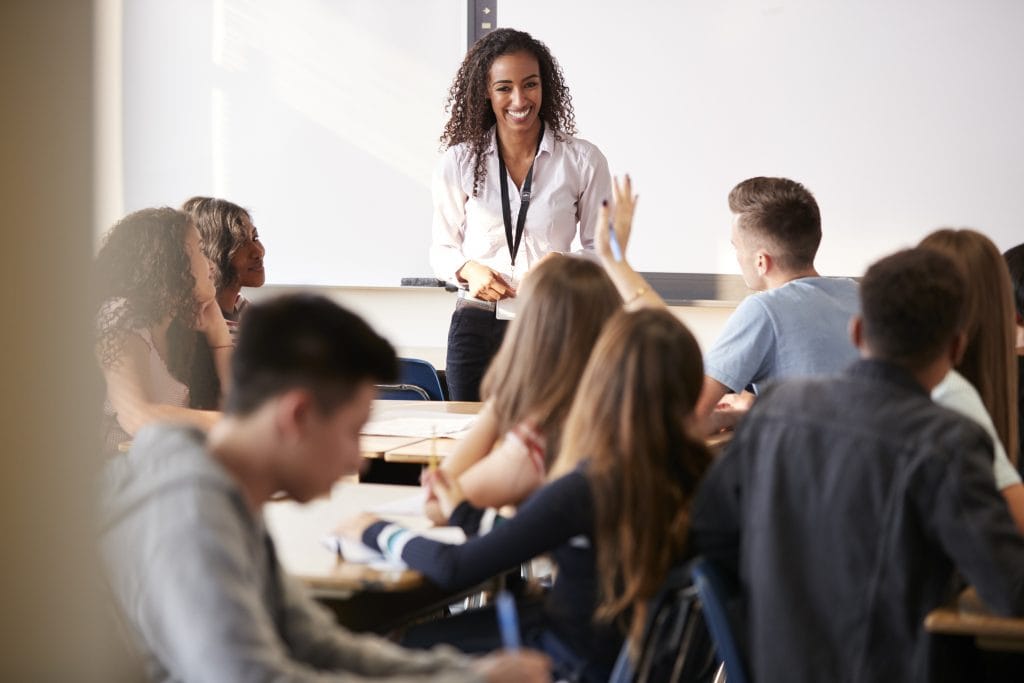

While the state’s overall graduation rate ranks near the top nationally, that is not the case for all racial subgroups. In fact, for 2013, 2014, 2015, and 2016, the National Center for Educational Statistics (NCES) found WI to have the largest gap between white and black students in terms of Graduation Rate (the top in the nation). 2016-2017 Adjusted Cohort Graduation Rate shows a 26% disparity between white and black students. Wisconsin continues to see disparity between white youth and their American Indian and Hispanic peers as well, citing a 14.8%, and 15.4% gap respectively.
Treating students as welcome and capable
The 2016-2017 Adjusted Cohort Graduation Rate data points highlight the importance of providing an environment in which all students are treated as welcomed and capable learners who understand that a high school diploma will help them achieve their education, training, and employment goals. Data over time is indicating urban and rural schools across WI are closing achievement gaps.
“It’s a matter of helping to develop the talents and skills and abilities of everyone who walks into our classrooms-whether that’s a disability, a student who’s an English language learner, a student who’s coming from poverty, whoever the student may be. And our system has to work for all of our students, not just some.”
-Carolyn Stanford Taylor, Former WI State Superintendent of Schools
Supporting graduation rates
Wisconsin and National Partners have a series of tools to support the increase of graduation rates and decrease of dropout rates in Wisconsin for students with disabilities. These resources will assist in decreasing the persistent gaps we have for Wisconsin students.
- Promoting Excellence for All: Online eCourse
- Wisconsin RtI Center
- The Disproportionality Technical Assistance Network
- National Dropout Prevention Center
- National Dropout Prevention Center for Students with Disabilities
- National Technical Assistance Center on Transition
- Great Lakes Equity Center
- US Department of Education, Institute of Educational Sciences: What Works Clearing House


CLRP Educator Reflection
It is important for educators to support students and families in developing postsecondary goals, and supports and services that can be tied into their Preferences, Interests, Needs, and Strengths, including connecting individuals with the communities in which they live and the strengths and assets that their individual experiences, families, and communities bring.
Educators can utilize the reflection questions to think about the PTP development of individual students rather than simply going through the motions. Educators can reflect on how to best engage students and families in the process to create the most robust plans and increase outcomes of college and career readiness for all students.
Download Culturally Responsive Transition Planning: Educator Reflection


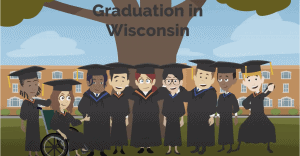

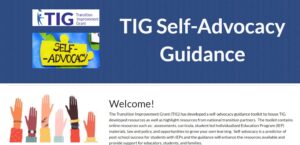 TIG Self-Advocacy Guidance Google Site
TIG Self-Advocacy Guidance Google Site 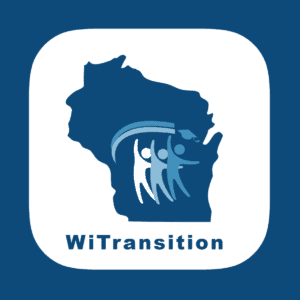
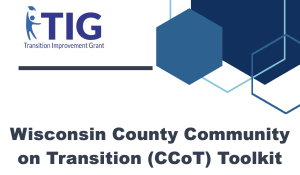 Wisconsin County Community on Transition (CCoT) Toolkit
Wisconsin County Community on Transition (CCoT) Toolkit